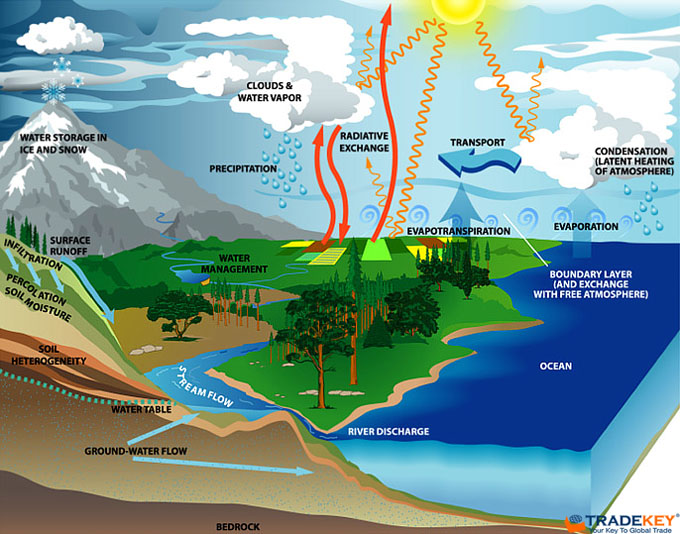There is a general perception that agriculture refers to the appealing green industry, but a major part of farming entails a huge amount of greenhouse gases by considering the overall food production structure.

A recent study stated that expulsion of agriculture based greenhouse gas emission accounts for 11% to 15% of global carbon emissions. During the United Nations Climate Summit, it was estimated that by keeping the same pace, the proportion would have enhanced to 50%. This is a significant computation as changes in climatic conditions raise the issue that come to the forefront, alongside rupture the past record of greenhouse-gas emissions and international dialogues catch the pace to close down that rise.
The primary cause for this raise is due to keeping 11% to 15% emissions into consideration that is emerged from the farming activities, such as fertilizing and cultivating. However, US environmental protection agency (UEPA) claimed 14% fraction of emissions added by agriculture mainly comprised of rice plowing, fertilization, mechanical equipments, field burning, enteric fermentation and manure management. The food packaging, transport, food processing and selling agriculture items are not included in above estimates.
According to United Nations Conference on Trade and Development‘s 2013 Trade and Environment Review, the emission count is estimated to be 43% to 57% apart from farming, which is contributed by food production such as deforestation and transformation of land use, while processing may involve retailing of agriculture products, packaging and transport.
Ulrich Hoffmann who is a senior trade policy adviser to the director of the International Trade Division of the secretariat of UNCTAD and editor of its 2013 report, also enlighten the agriculture industry critically that reflects positive impacts in raising several issues at hand. He further stated that, “If you look at agriculture like you would look at the steel industry, which includes all transport-related emissions, then the [50% agriculture emissions] figure is quite accurate.”
In accordance to Bob Young, chief economist of the American Farm Bureau Federation, the count is appearing to be high and it is significant to differentiate U.S. agriculture system from global agriculture, technological efficiencies and the “methods of process fertilizers, the way we feed animals, also the productivity out of our animals: the quantity of milk produce by one animal in the U.S. would take 4 or 5 in Mexico.”
The agriculture based emissions is estimated to be 10% of entire emission, said EPA. Henk Hobbelink, agromist and coordinator at non-profit research firm Grain, expresses that effective means of greenhouse gases elimination is mainly based on small farming and decentralized food systems.
This is because the small farmers hardly make any contribution in entire agriculture emissions as they usually less dependent over chemical fertilizer, which is the main reason for raising emission, and focus to serve local market extensively. Therefore, they are exempted from contributing heavily on transport emissions, stated by Henk Hobbelink. In fact, fresh foods also barely form emissions as much as creating from food processing, packaging, food storing and freezing in super marts.
Both Ulrich Hoffmann and Messrs. Hobbelink are the strong supporters of small-scale farming, which usually exploit conventional practices such as low tillage, and cover crops that certainly helps in halting the environmental emissions without having a lot to do.
As referred to Farming Bureau’s Mr. Young, “Economists have done a fair amount of work that says it isn’t that clear cut: That we’re probably better off with larger scale production, then moving the food to distribution centers and then from distribution centers to [local markets].”
On behalf of Farm Bureau, Mr. Young declares that, a huge range of farmers are shifting to no tillage farming and moving to soil in place of old crop waste recedes. He agreed that though the chemical fertilizer is the major cause for creating emissions but high-tech agriculture system can trim it down.
There are also other field where carbon emissions comes from for instance, not all the agriculture output directly consumed by human but also used in animal feed and biofuel. Though, what comes under the human consumption, one-third get wasted.
Mr. Hoffmann said, "What is not wasted, you don’t have to produce .There is an adequate flexibility present in the food structure to prevent the demand of propping up our production."